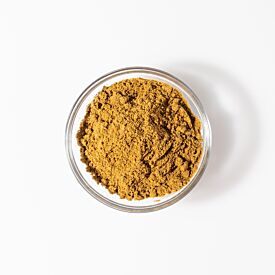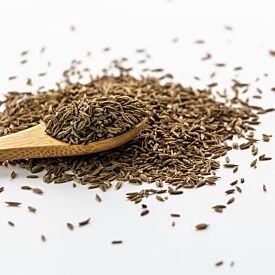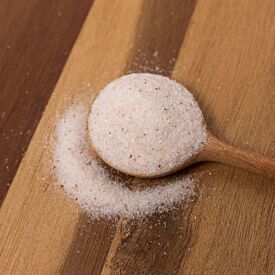Saffron-Spiced Summer Squash: A Recipe Worth Its Weight in Gold
When people ask me what it means to cook Ayurvedic food, I like to say that it is simply following the rhythms of nature. There is so much to learn from the world around us. Spending time outside in nature will naturally attune you to the small and large shifts in your environment, and give you cues as to what’s seasonally appropriate to eat and how the natural world can support you.
Autumn marks the beginning of vata season and you may notice rich hues appearing in nature all around you—the orange and red leaves and the deeper, golden hue of the sun. Perhaps this is why we are drawn to foods during this time that mirror the same colors. (Think of all the pumpkin that appears!)
The Power of Saffron
People are often intimidated by saffron because of its price. Yes, it is expensive, but like many things that have been held in high regard for centuries, good saffron is worth every penny.
Saffron, which is the stigma of a crocus flower, is a delicate spice known in Ayurveda to cleanse the blood (rakta dhatu) and bring a beautiful bright orange color to any dish. Saffron enhances the effects of other spices and the food it is cooked in, supports digestion, and balances all doshas. It has a particular aptitude for regulating the menstrual cycle, spleen, and liver. Saffron is also said to increase love and devotion. Perhaps it could help us open our hearts to the idea that good health is worth its weight in gold.
While saffron is expensive, it is also powerful. You don’t need to use very much of it to bring out its qualities—just ⅛ gram for four people is plenty. I often cook for crowds of 15 to 20 people, so I’ve learned several ways to stretch this spice.
3 Ways to Use Saffron
- Lightly toast a few strands in a dry pan for 1 to 2 minutes. Grind with a mortar and pestle or the back of a spoon before adding to food.
- Make an infusion by putting the threads into hot water for 10 minutes. Blend, then add to cooking.
- Add 1 to 2 strands to food in the last few minutes of cooking. This is a nice method for saffron rice or milk.
Using a spice this precious requires us to be fully aware of how we are in the kitchen. Accidentally using too much or spilling the golden stamens can be a pricey mistake. Breathe consciously to connect yourself to what you are cooking (and all of life) and you will be quite pleased at the result.

Cooking with Saffron
I like using saffron with small amounts of other spices, such as cumin and coriander. The recipe below uses that combination with summer squash, a vegetable whose subtle taste is lifted by the saffron and turned a brilliant orange after cooking.
It is a simple recipe, but one that will beckon you to your kitchen to greet the transition of the seasons. The yellow squash is made more beautiful by the saffron, but you can easily replace it with zucchini, pattypan, or whatever squash is left in your garden.
Saffron-Spiced Summer Squash
Serves 4
Ingredients:
- 2 medium-sized summer squash, sliced (about 4 cups)
- 3 tablespoons ghee
- ¼ teaspoon mineral salt
- 2 strands saffron
- ½ teaspoon cumin seed
- 1 teaspoon coriander powder
Directions:
Dry roast the saffron for just a minute or two, then grind in a mortar and pestle until powdered.
Melt the ghee in a pan over medium heat, then add the salt, cumin, and coriander. Cook for just a moment until the aroma comes up to meet you. Add the summer squash and stir to coat in ghee and spices. Add water to ¼ of the level of the squash. Cover and cook on low heat until the squash is tender, about 8 minutes. Just before the cooking is done, stir in the powdered saffron. Cover and cook 1 to 2 minutes longer to allow the tastes to become friends.













